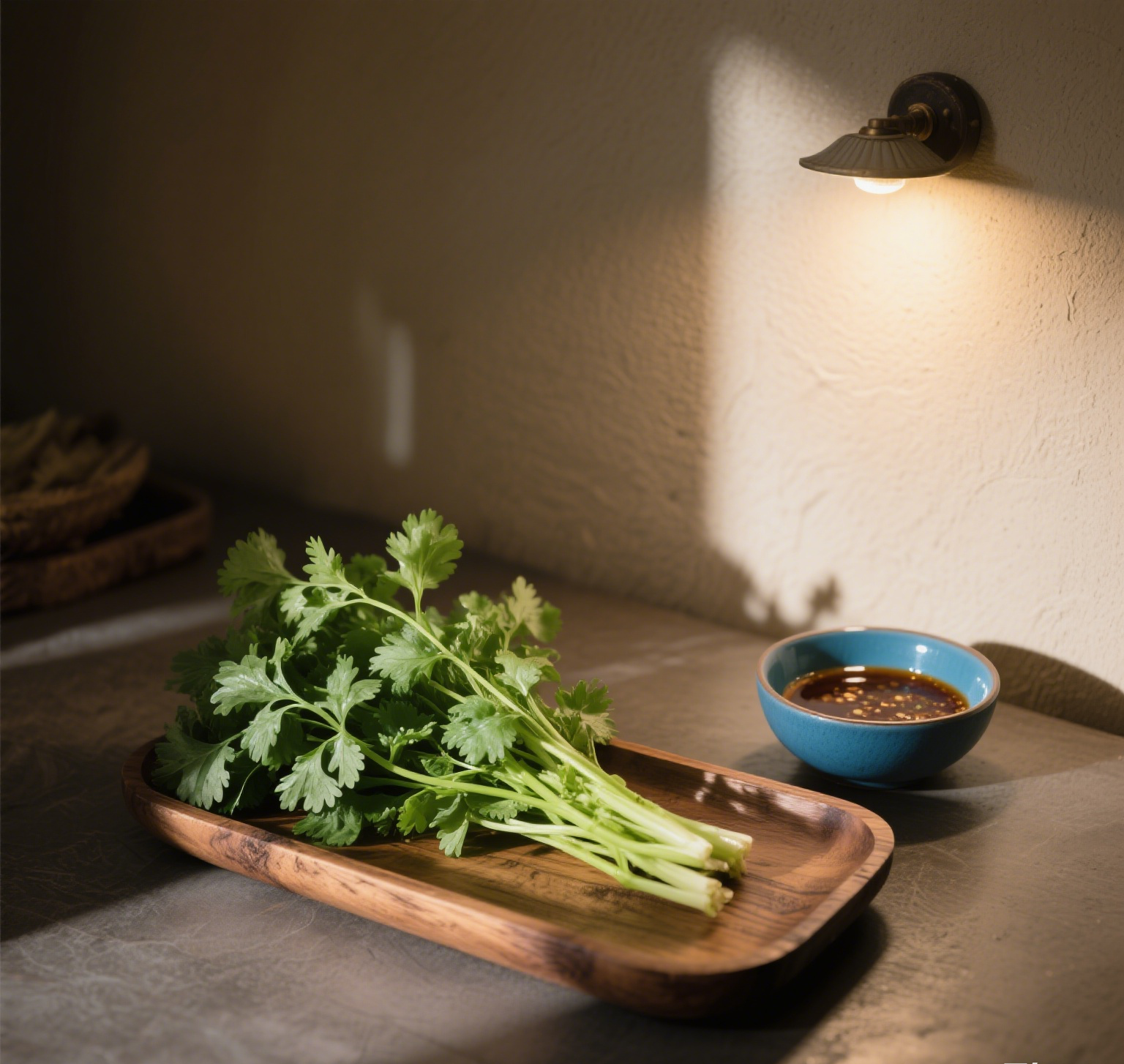The Great Herb Identity Crisis
If herbs had social media profiles, cilantro and coriander would have the most confusing relationship status. “It’s complicated” barely begins to cover it. Let’s unravel this botanical mystery that has left many home cooks scratching their heads.
The Name Game: A Tale of Two Continents
In the United States:
- Cilantro = the fresh leaves and stems
- Coriander = the dried seeds
In the UK and many other countries:
- Coriander refers to both the fresh herb AND the seeds
- They might say “fresh coriander” or “coriander leaves” for what Americans call cilantro
As culinary historian Michael Twitty puts it: “This is the rosemary/remoulade of the plant world – same origin, completely different identities depending on where you’re standing.”
The Flavor Profile: Sibling Rivalry
Cilantro (the leaves):
- Bright, citrusy flavor with herbal notes
- Some people detect a soapy taste (thanks to genetics!)
- The Marmite of herbs – you either love it or hate it
- Chef José Andrés calls it “the little green leaf that divides dinner tables”
Coriander (the seeds):
- Warm, nutty, slightly citrusy flavor
- More universally accepted
- When ground, becomes an essential curry powder ingredient
- As food scientist Harold McGee notes: “If cilantro is a fireworks display, coriander seeds are a slow-burning candle”
Culinary Uses: Playing to Their Strengths
When to Use Cilantro:
- Fresh finishes – Sprinkle on tacos, pho, or guacamole right before serving
- Herbaceous punches – Blend into chimichurri or green salsas
- Asian marinades – Essential in Thai and Vietnamese dishes
- Garnish game-changer – Transforms simple soups into Instagram stars
Pro Tip: Add stems to your blender – they pack more flavor than the leaves!
When to Use Coriander Seeds:
- Spice blends – The backbone of garam masala and many curry powders
- Pickling power – Adds complexity to pickled vegetables
- Meat magic – Crushed seeds make incredible rubs for pork or chicken
- Baking secret – Surprising addition to breads and cookies
The Genetic Oddity: Why Some Hate Cilantro
About 4-14% of people experience cilantro as tasting like soap due to OR6A2, a specific olfactory receptor gene. As food writer Bee Wilson observes: “This may be the only case where food preference is literally written in your DNA.”
Storage Tips: Keeping the Goodness
For cilantro:
- Treat like flowers – trim stems and place in water
- Cover loosely with a plastic bag
- Change water every 2 days
- Alternatively, wash, dry thoroughly, and store in an airtight container with paper towels
For coriander seeds:
- Keep whole in an airtight container
- Grind just before use for maximum flavor
- Store away from light and heat
- Lasts up to a year if stored properly
The Verdict
While they come from the same plant (Coriandrum sativum), cilantro and coriander are as different as grapes and raisins. As chef Yotam Ottolenghi perfectly summarizes: “They may share DNA, but in the kitchen they live completely separate lives.”
So next time a recipe calls for one or the other, remember: leaves for brightness, seeds for warmth. Your dishes will thank you for paying attention to this crucial difference.
